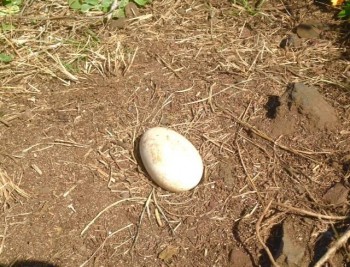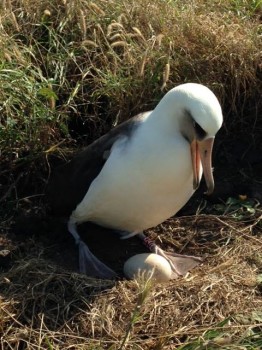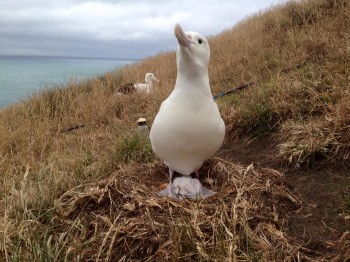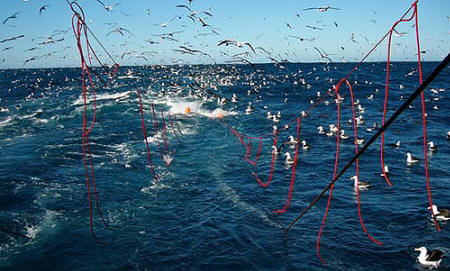Heather Lynch (Ecology and Evolution Department, Stony Brook University, New York, USA) and colleagues have published in the journal Polar Biology on the numbers of seabirds, including ACAP-listed Southern Giant Petrels Macronectes giganteus, breeding on the South Sandwich Islands.
The paper’s abstract follows:
The South Sandwich Islands, in the South Atlantic Ocean, are a major biological hot spot for penguins and other seabirds, but their remoteness and challenging coastlines preclude regular biological censuses. Here we report on an extensive survey of the South Sandwich Islands, the first since the late 1990s, which was completed through a combination of direct counting, GPS mapping, and interpretation of high-resolution commercial satellite imagery. We find that the South Sandwich Islands host nearly half of the world’s Chinstrap Penguin (Pygoscelis antarctica) population (1.3 million breeding pairs), as well as c. 95,000 breeding pairs of Macaroni Penguins (Eudyptes chrysolophus), and several thousand breeding pairs of Gentoo Penguins (Pygoscelis papua). Despite being at the northern edge of their breeding range, we found an unexpectedly large (≥125,000 breeding pairs) population of Adélie Penguins (Pygoscelis adeliae). Additionally, we report that nearly 1900 pairs of Southern Giant Petrels (Macronectes giganteus) breed in the South Sandwich Islands, 4 % of the global population, almost all of which are found on Candlemas Island. We find that the South Sandwich Islands have not experienced the same changes in penguin abundance and distribution as the rest of the Scotia Arc and associated portions of the western Antarctic Peninsula. This discovery adds important context to the larger conversation regarding changes to penguin populations in the Southern Ocean.
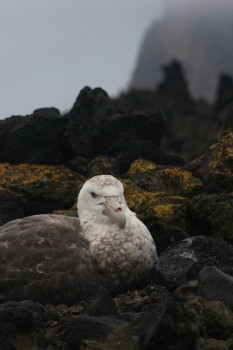
Southern Giant Petrel breeding on Candlemas, South Sandwich Islands, photograph by Andy Black
Reference:
Lynch, H.J., White, R., Naveen, R., Black, A., Meixler, M.S. & Fagan, W.F. 2016. In stark contrast to widespread declines along the Scotia Arc, a survey of the South Sandwich Islands finds a robust seabird community. Polar Biology doi:10.1007/s00300-015-1886-6.
John Cooper, ACAP Information Officer, 29 January 2016

 English
English  Français
Français  Español
Español 